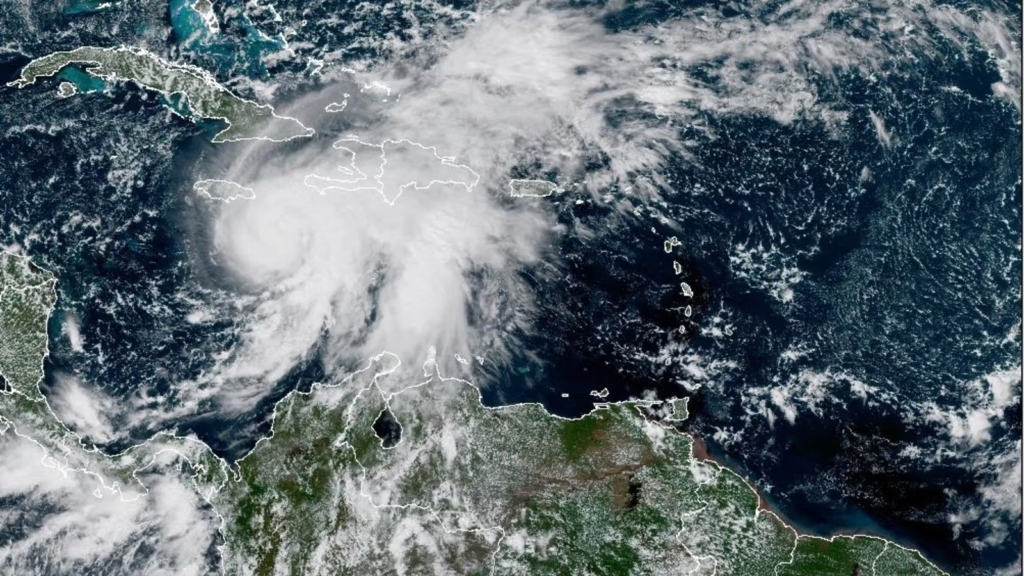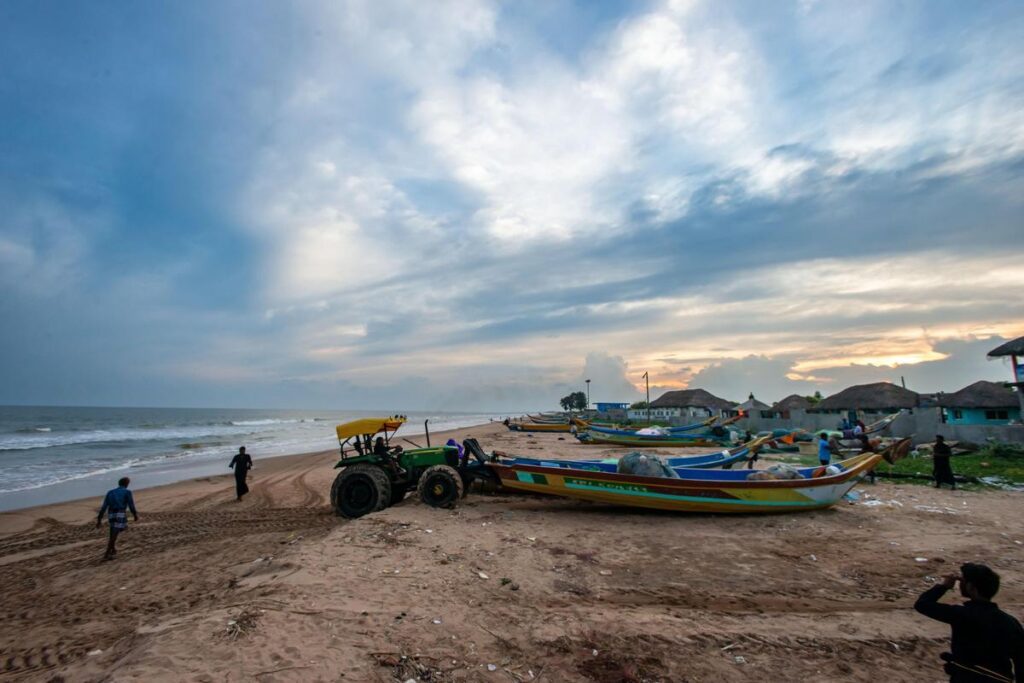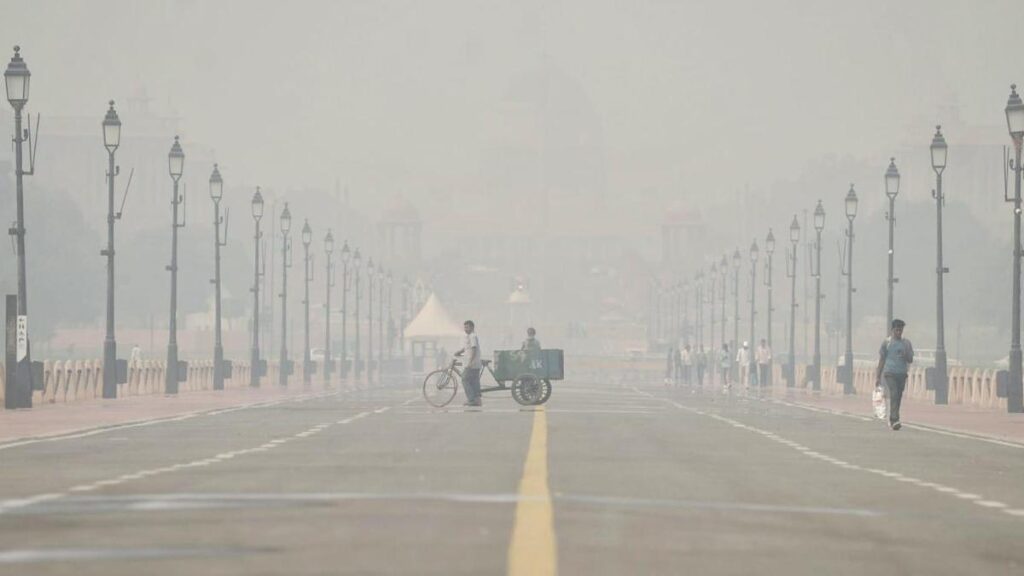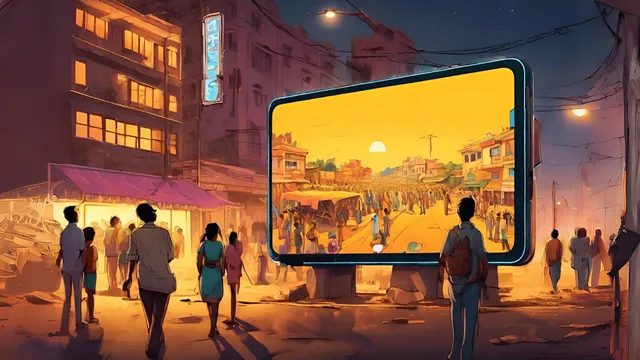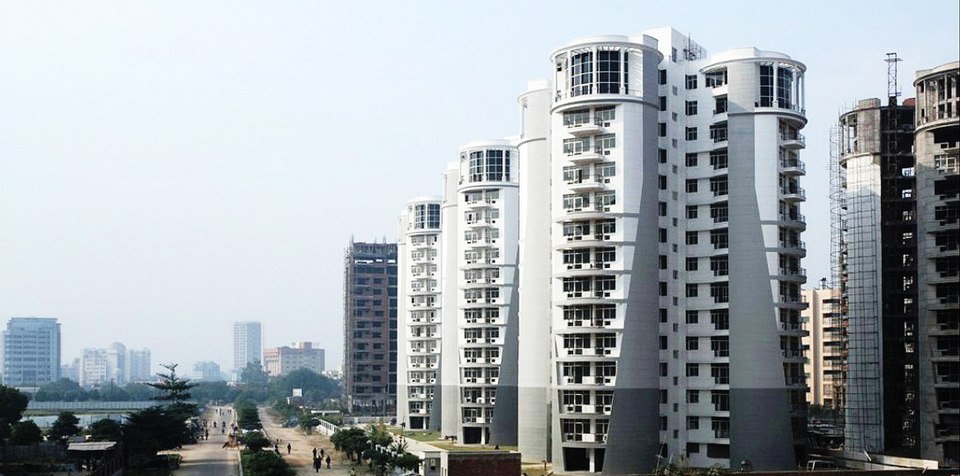Now Reading: Heatwave Alert Across Central and Northern India: Schools Shut in Multiple Tier-2 Cities
-
01
Heatwave Alert Across Central and Northern India: Schools Shut in Multiple Tier-2 Cities
Heatwave Alert Across Central and Northern India: Schools Shut in Multiple Tier-2 Cities

As a relentless heatwave continues to sweep across large parts of Central and Northern India, several state governments have announced temporary closures of schools, particularly in Tier-2 cities where infrastructure struggles to cope with extreme temperatures. With daytime highs breaching 45°C in many areas, health and safety have become pressing concerns for both children and authorities.
Unrelenting Temperatures Across Regions
This week, cities across Uttar Pradesh, Madhya Pradesh, Rajasthan, Chhattisgarh, and parts of Bihar have reported unusually high temperatures, with districts like Kanpur, Varanasi, Gwalior, and Nagpur recording highs between 44°C and 47°C. The India Meteorological Department (IMD) has issued a red alert in multiple regions, warning residents to avoid exposure between 12 PM and 4 PM.
These soaring temperatures have significantly impacted daily life, particularly in Tier-2 and Tier-3 cities where access to air conditioning and robust cooling infrastructure is limited. Roads remain deserted during peak hours, and local businesses have adjusted their working hours to cope.
School Closures for Student Safety
In response to the heatwave, several state education departments have directed schools to remain closed or shift to half-day sessions until the weather improves. In cities like Lucknow, Nagpur, Indore, and Patna, district authorities have issued circulars suspending classes for students up to Class 8.
This move has been welcomed by parents and teachers alike, citing health risks such as heatstroke, dehydration, and fatigue. Many government schools in Tier-2 cities lack proper ventilation or cooling facilities, making it difficult to maintain normal schedules during such extreme weather.
Health Advisories and Public Measures
Health departments have issued advisories urging residents to stay hydrated, wear loose cotton clothing, and avoid stepping out during peak hours. Urban municipalities in cities like Bhopal and Allahabad have increased water supply to public areas and are installing temporary shade structures near markets and transport hubs.
Local hospitals are also on alert, with emergency wards seeing a rise in cases of heat-related illnesses, especially among outdoor workers and the elderly.
Rural Impact and Agricultural Concerns
While urban areas deal with disrupted routines, rural belts are facing another kind of challenge. The delay in pre-monsoon showers, coupled with rising temperatures, is affecting the sowing schedule for the upcoming Kharif season. Farmers in Vidarbha, Bundelkhand, and eastern UP have expressed concern over dry fields and depleting groundwater levels.
The heatwave also raises questions about climate resilience in smaller towns and rural areas, which often lack reliable water and power infrastructure to manage such extremes.
Conclusion: A Wake-Up Call for Climate Preparedness
As extreme heat events become more frequent, the current wave serves as a reminder of the urgent need for heat action plans, especially in India’s Tier-2 and Tier-3 cities. Short-term measures like school closures and health advisories offer temporary relief, but long-term solutions will require better infrastructure, early warning systems, and public awareness.
Until then, staying indoors, hydrated, and cautious remains the best defence against the heat.








